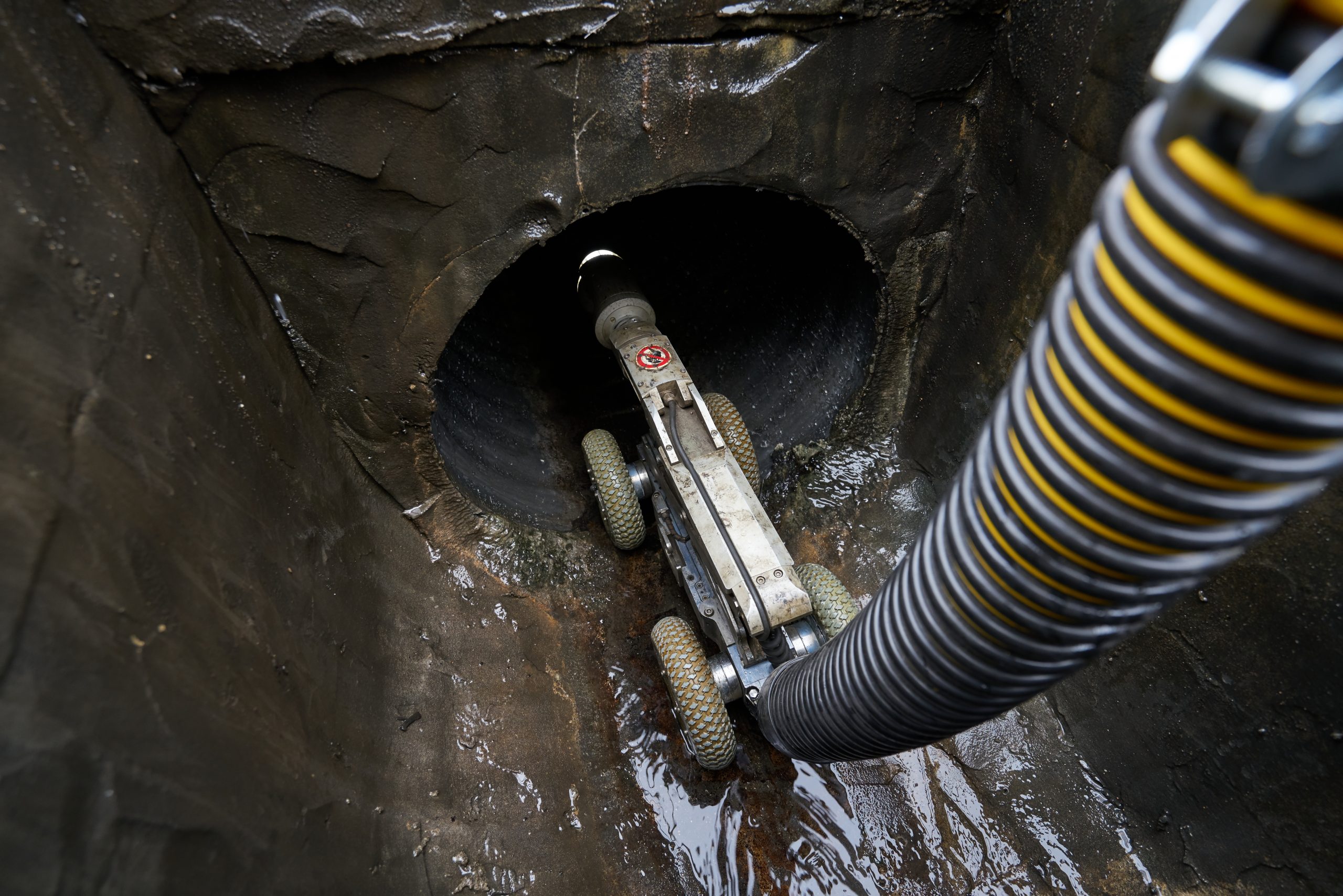Afraid to Look In Your Process or Acid Sewers?

When was the last time you had a thorough look in your acid or process sewer systems?
Despite continuous efforts to prevent damage to mechanisms, corrosion and fouling are inevitable over time - even in the best-maintained pipes. Scheduling service or replacement by calculating mass loss based on the pipe material, fluid contents, pressure, soil chemistry, and aeration, or other knowable is insufficient due to the variability of the unknown.
So, the only real way to ensure the integrity of a sewer system is to go down and look on a regular basis. This might seem obvious, but a large number of firms in the power and chemical industries are still unnecessarily exposed to potential hydrocarbon leaks or LEL from fugitive emissions in their process sewers because they haven’t been properly inspected.
The reasons for not inspecting sewer systems as frequently as they should be are understandable. When a leak is suspected or there is a feeling that something isn’t quite right with your underground utilities, operators are easily overwhelmed in trying to pinpoint the cause. Oftentimes, the project seems too big to tackle, deciding where to start feels impossible, or it’s hard to determine if it should even be a priority.
This leads to inaction, and that doesn’t bode well for the safety of a plant.
Time Is of the Essence
The speed at which degradation occurs is the primary variable that distinguishes minor maintenance concerns from potential catastrophes. One of the best ways to monitor degradation is via regular and thorough visual inspections, such as remote video imagery (RVI).
Who has a better chance of staying healthy – a patient who gets checked up once a year, or once per decade? The answer is obvious when it comes to people, yet surprisingly that reasoning sometimes gets missed at refineries.
Think of the role of regular medical check-ups play in maintaining someone’s health. By applying the same principle to sewers, you can catch issues regarding pitting, wall thinness, corrosion, or other areas of concern and address them with the proper “medicine” before a major breach occurs that puts operations and personnel at risk.
What to Do
The first thing is to understand what the probability of failure is for the components of a specific system, and to honestly discern what the consequences of said failures would be. Understanding the probability of failure provides the why for developing a visual inspection program for underground sewer pipes and justifies the budget.
Next is to work out a plan which includes likely bad actors (where to look), the technology needed, and outlining frequency of inspection. All of the technology in the world is useless unless inspection is occurring in the right areas, and that is why a comprehensive inspection plan is so important to map everything out. A thorough and reputable RVI provider should be able to help plan for all of the above.
Industrial Inspection & Analysis is a leader in remote video imagery (RVI) with highly trained technicians who know exactly what to look for. IIA’s risk-based inspection and reporting allows customers to get the full picture of the internal condition of pipes inaccessible in any other way - including hazardous environments - and take action before a breach occurs.
Contact IIA for a free 15-minute assessment today!




